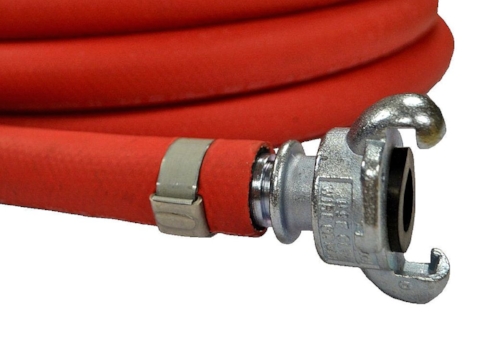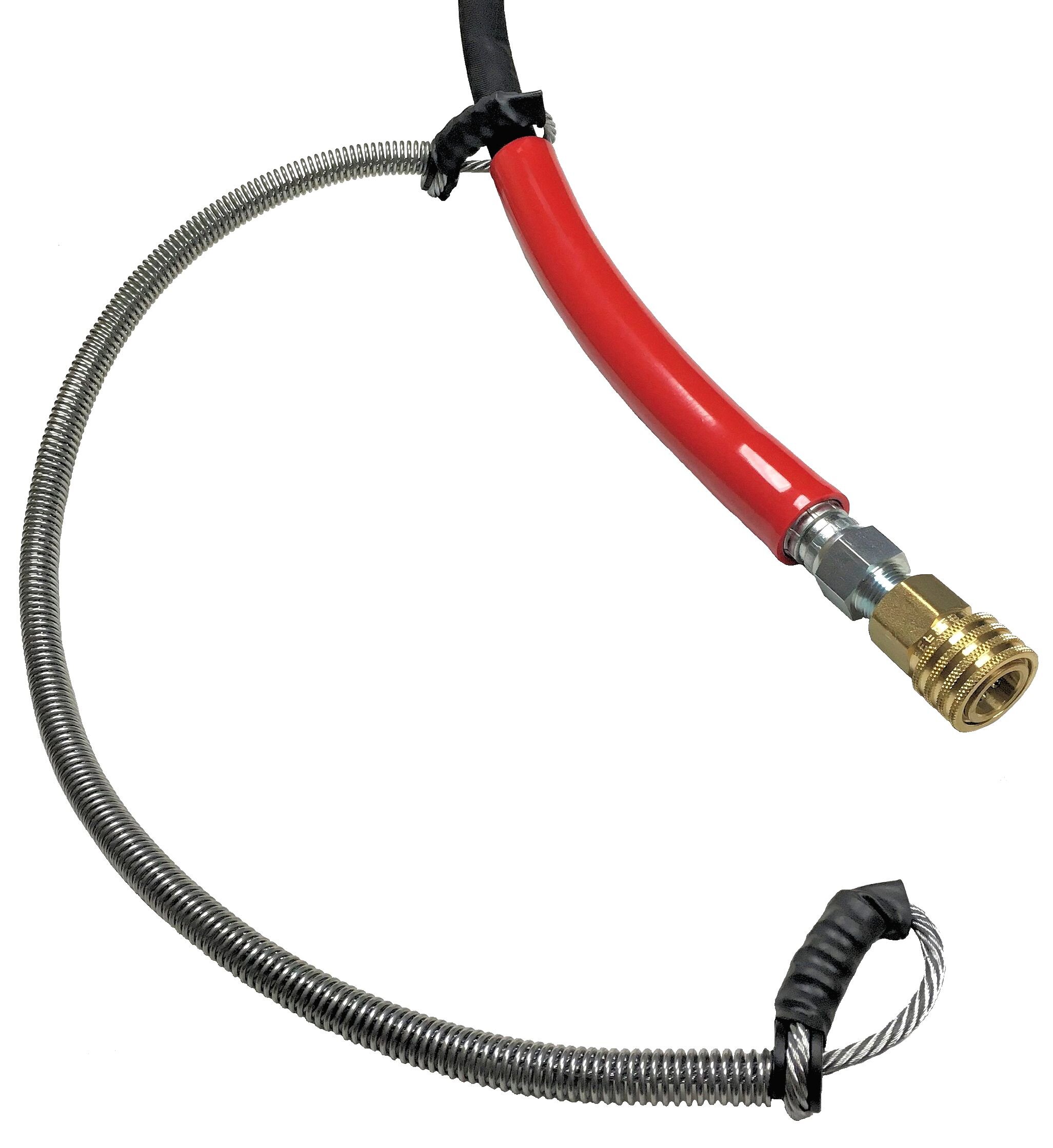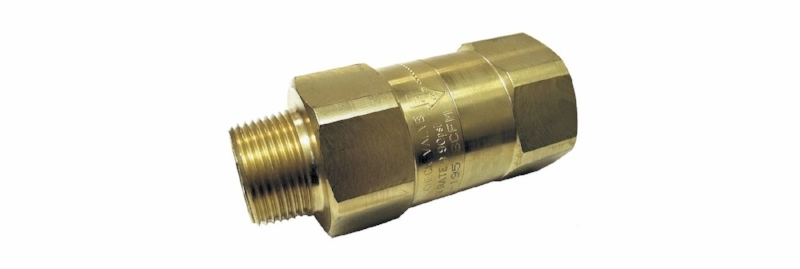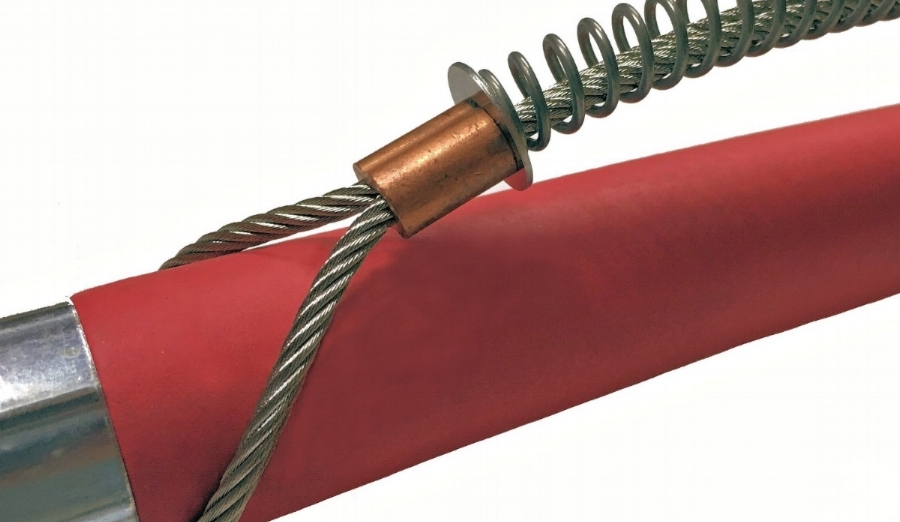Hose Assembly Pressure Ratings
A word (or two) on working pressure:
Rubber industrial hose is typically marked on the hose by the manufacturer with its working pressure rating at the factory, before it is assembled. For example, air hose typically is rated at 200 or 300 PSI. This rating is for the hose itself but your assembly pressure may be much lower...
An assembly maximum working pressure cannot be higher than its lowest rated component. Chicago couplings are factory rated at 150 PSI, and that assumes they are installed properly, and used at ambient temperature without additional stress. The hose clamp is a small but very important factor in establishing a working pressure rating. If a high pressure hose and fitting are coupled using a radiator clamp, you would not assume that it would hold the stated pressure. The same goes for an air hose with either a light duty or poorly installed hose clamp. Make sure the clamp is installed tightly, but not gouging deep into the hose. A band or screw clamp should be in the center of the coupling shank, or spaced evenly if multiple clamps are applied. Rotate band or screw clamps so that the buckle or bolt are not in alignment but offset. Read catalog and instruction manuals and educate operators in case an onsite repair must be made.
Additional factors can decrease working pressure rating including temperature and stresses such as end pull or pulsation. If a hose is hanging off a bridge during service, all of the weight of that hose is pulling against the coupling and clamp which can cause failure even within the stated operating pressure range. Elevated temperature can reduce a rubber hose working pressure by more than half. Refer to the pressure vs temperature chart and additional info here.
All of these factors take the rating on marked on the hose and bring it lower and lower. Determine your safe operating pressure and inform all potential users of the hose assembly, and mark that assembly with its proper rating. Also install hose safety cables or whip checks to reduce the risk of injury if an accident were to occur. Inspect hoses regularly as well, and remove them from service BEFORE they fail.







